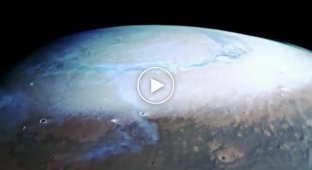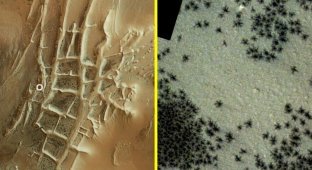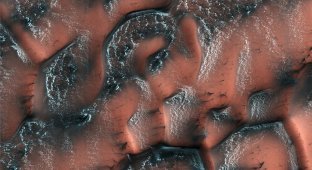Water frost was first noticed on Mars near the equator (9 photos)
Since the 1960s, Mars has been explored by space probes better than any other planet in the solar system. In 1971, direct evidence of the presence of water there appeared. However, only now - for the first time in years of research - water frost was discovered in the equator region, where it was believed that frost could not exist. 
Scientists shared the news that traces of water frost were found near the equator of Mars 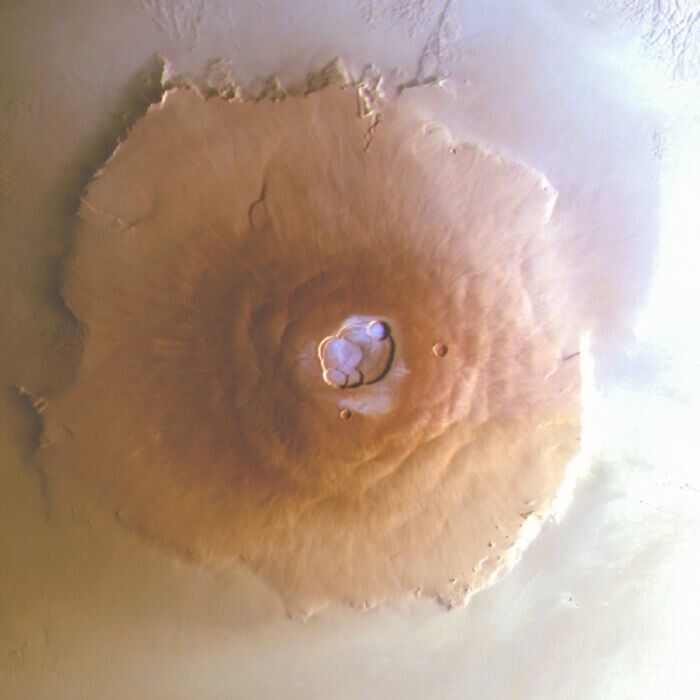
Water frost was seen over the Tharsis Montes region, at the top of the Olympus Mons volcano, which rises about 25 kilometers above the Martian surface and is 3 times the height of Everest, the highest not only on Mars, but in the entire solar system.
This amazing discovery was made first by ESA's ExoMars Trace Gas Orbiter (TGO), and then by TGO and ESA's Mars Express. 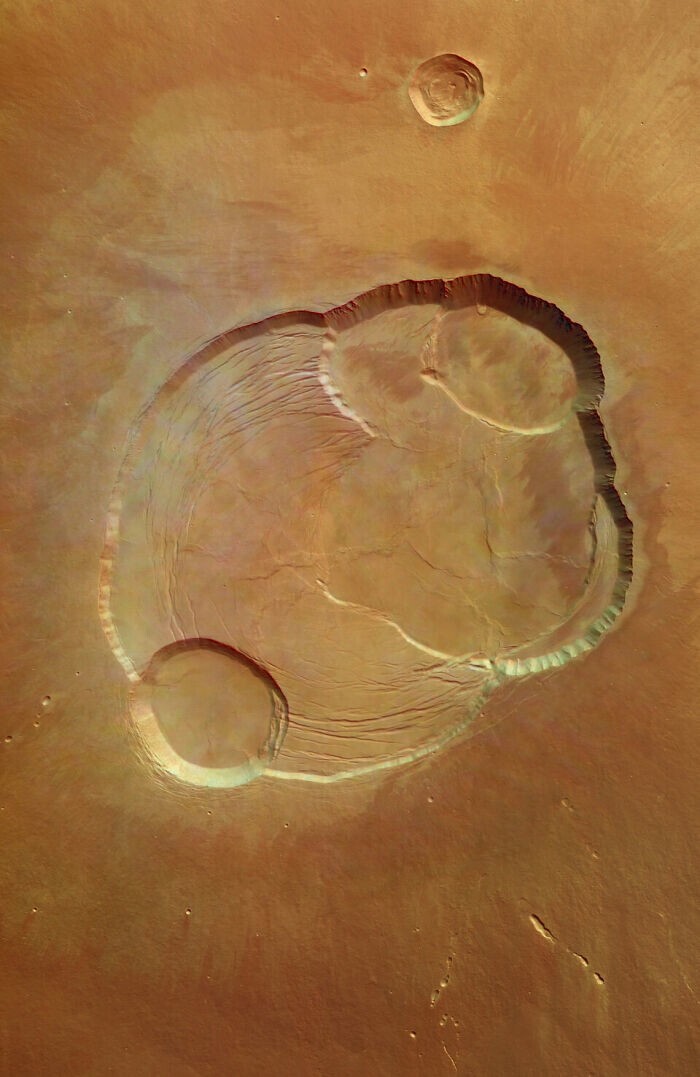
New evidence suggests that frost can only be observed for a few hours after sunrise before it melts under the sun's rays. Because Mars' atmosphere is much thinner than Earth's, the surface temperature of the Red Planet can rise up to 21 degrees Celsius and drop as low as -143 degrees Celsius.
"We thought it was unlikely that frost would form near the equator of Mars because the combination of sunlight and a thin atmosphere maintains daytime temperatures on the surface and mountaintops - unlike on Earth, where you would expect to see frost-covered peaks," Adomas Valantinas said. He made this discovery while a graduate student at the University of Bern (Switzerland), and is now a doctoral researcher at Brown University (USA). 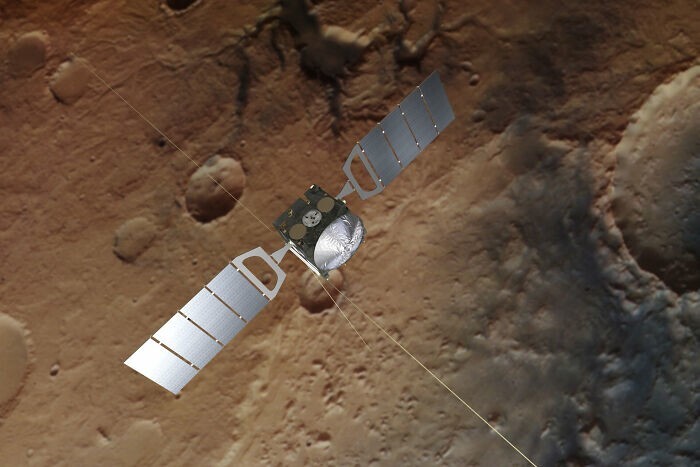
The research team suggests that perhaps the way air circulates over volcanic mountains creates a special microclimate that allows fine particles of frost to form into very thin layers about the width of a human hair. Despite this thickness, the frost covers an incredibly huge area: the volume of frost is about 150,000 tons of water, which is equivalent to about 60 Olympic swimming pools.
“Its existence here is very interesting and hints that there are extraordinary processes going on here that allow frost to form,” Valantinas added. “What we are seeing may be a remnant of an ancient climate cycle on modern Mars, when these volcanoes received precipitation and perhaps even snow in the past.”
Frost was observed by TGO's CaSSIS instrument over the Tharsis Montes region, at the summit of Olympus Mons volcano. 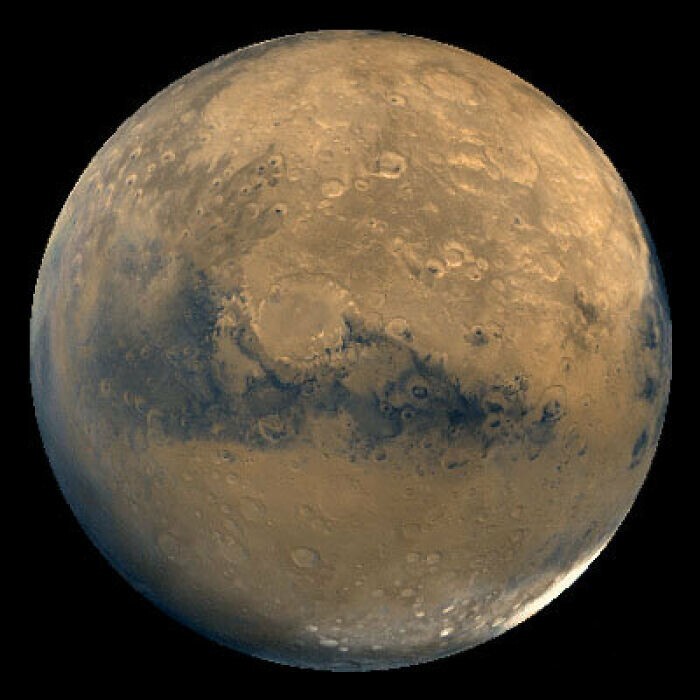
While this new discovery is the first time water frost has been detected near the equator of Mars, many of us are probably wondering why it wasn't noticed before.
“There are several reasons: first, we need an orbit that allows us to observe the location in the early morning. While ESA's two Mars orbiters, Mars Express and TGO, have such orbits and can observe at any time of day, many other agencies' spacecraft are synchronized with the Sun and can only observe in the afternoon,” Valantinas explained.
“Secondly, frost deposition is associated with colder Martian seasons, making the window for its detection even narrower. In short, we need to know where and when to look. It so happened that we were looking for it in the equator region for other studies, but we did not expect to see it on the tops of the volcanoes of Mars!” - he added. 
The frost was observed by TGO's CaSSIS instrument and then confirmed by re-observing the area with TGO's Nadir and Occultation for Mars Discovery (NOMAD) spectrometer and the Mars Express High Resolution Stereo Camera (HRSC). 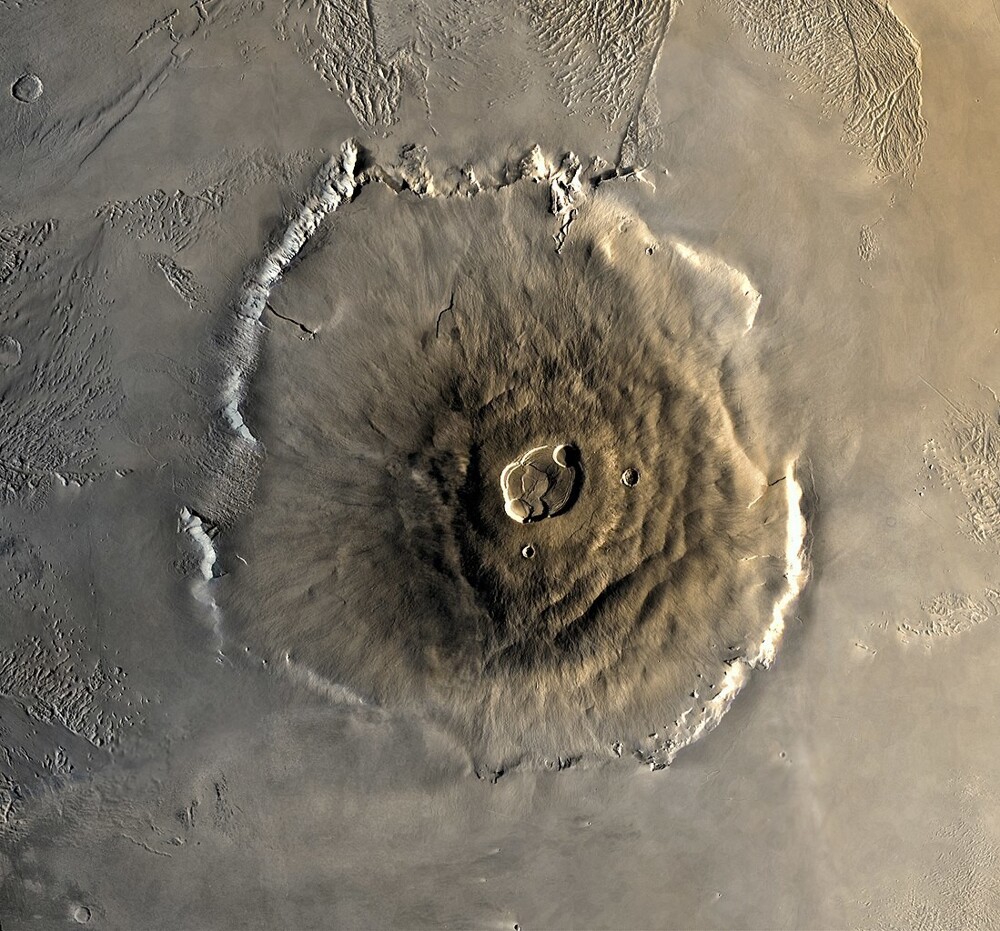
“This discovery was made possible thanks to the successful collaboration of both ESA Mars orbiters and additional modeling. Understanding exactly what phenomena are the same or different on Earth and Mars really tests and improves our understanding of the underlying processes occurring not only on our home planet, but also in other parts of the cosmos,” said Colin Wilson, ESA ExoMars Project Scientist TGO and Mars Express. 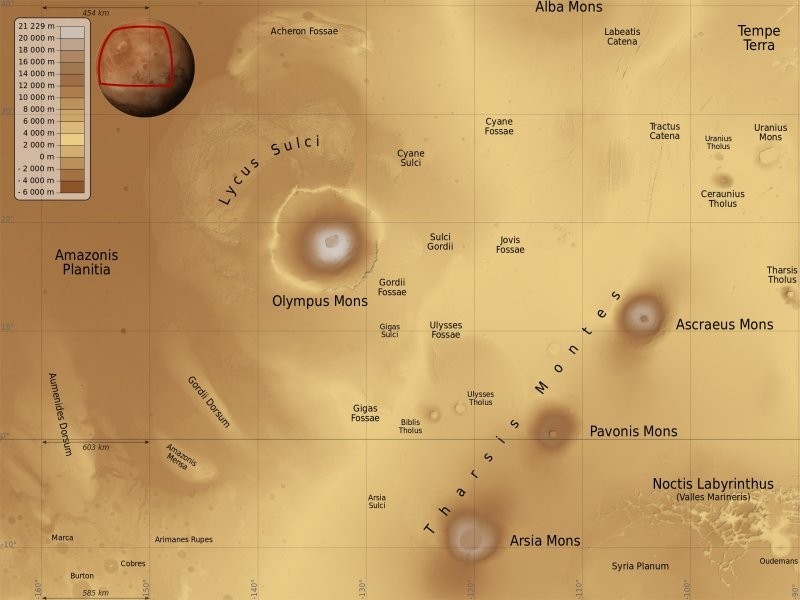
“The discovery of water on the surface of Mars is always exciting, both in terms of scientific interest and the implications for human and robotic exploration,” he added. Wilson also noted that this new discovery is really special because it shows that despite Mars' low atmospheric pressure, which creates an unusual situation (the planet's mountaintops are typically no colder than the plains), it turns out that moist air can still condensing into frost is a phenomenon similar to that on earth.
History of the existence of water on Mars, billion years ago 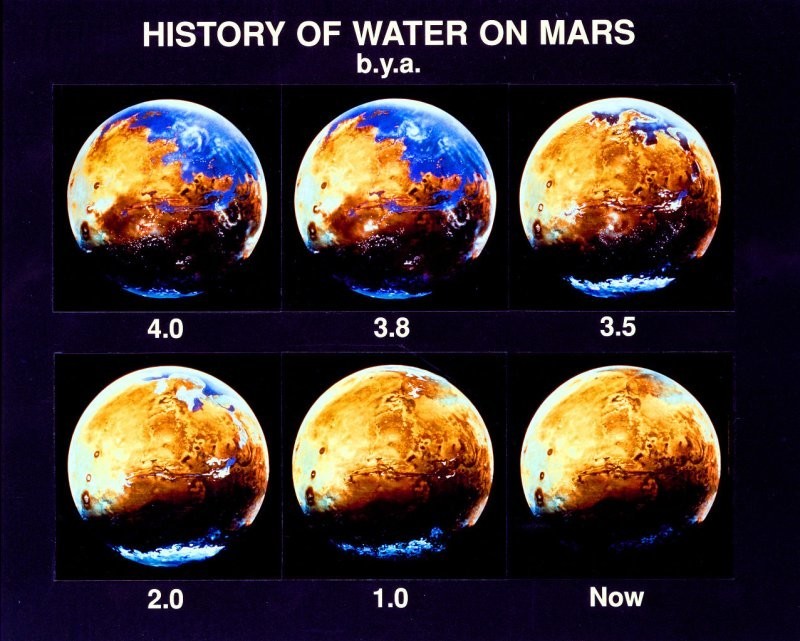
The Tharsis region covers almost 25% of the Red Planet's surface, and each new study provides scientists with important information for future exploration and search for possible signs of life.
For now, information only comes from orbiting cameras in space, but hopefully soon it will be possible to physically explore Mars. And then, who knows what the planet most similar to Earth will surprise us with next time.















